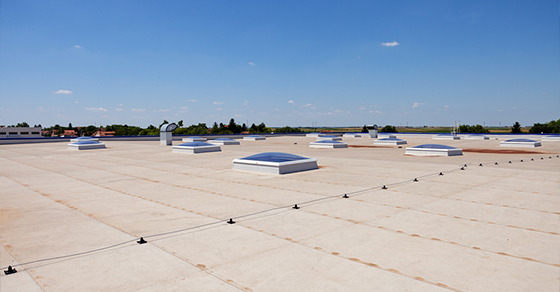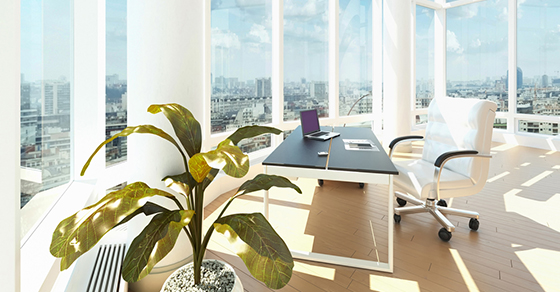The roofing industry is always evolving. As changes take place, roofing professionals and customers must keep up with them in order to create durable and reliable roofing systems for commercial and residential properties.

Many of these changes develop in response to the changing needs of customers. As the emphasis on earth-friendly and sustainable materials and benefits increases, so do the ways in which the roofing industry implements new technologies.
The following new changes in the roofing industry help you understand the current trends, new regulation, and technologies being used to provide the best roofing systems for your buildings.
Roofing Regulations
Roofing regulations are reviewed periodically to ensure that they are current with needs of the industry and its customers.
The International Building Code (IBC) requires a review every three years and gives every region an opportunity to determine its adoption of new regulation codes. These codes apply to energy-efficiency and indoor air quality, among other factors.
Commercial buildings looking to optimize their use of energy for lower costs benefit from new requirements related to R-value, which is a measurement of a material’s ability to insulate energy. The increased use of air barriers improves the quality of indoor air for commercial buildings, which is important for outdoor contamination prevention in areas with a compromised building envelope.
The industry must also respond to market issues such as new technology and a more interconnected supply of labour.
The Green Evolution
Environmental and energy concerns have led to an increase in the use of green technologies. This is influencing how the roofing industry serves its customers and the building codes they use.
Although many green materials and technologies have a higher initial cost, the savings they provide to customers has made it a popular investment in both commercial and residential properties. This has led to an increase in the use of more earth-friendly materials. Metal, for example, is recognized for its energy-efficient properties and durability.
Still, the roofing industry must work hard to convince architects and contractors on the value of using more efficient roofing systems in the face of attempts to cut costs by using less optimal materials.
Roofing Industry Skills
Technological developments have made the roofing industry more complex. This requires a new level of knowledge and skills that roofing companies must have in order to provide the best systems for customers.
The industry must continue to invest in the development and training of its professionals in order to evolve alongside these changes.
Maintaining a level of safety is one of the biggest priorities for the roofing industry. Roofing professionals like Empire Roofing must understand how to ensure safety for workers and those who occupy the buildings they service.
These are just some of the new changes being seen in the roofing industry. It’s important to understand the evolving needs of both the industry and customers in order to ensure more energy-efficient and durable roofing systems. This will continue to improve the quality of commercial and residential buildings so that they can provide durability, safety, and cost-effectiveness.

